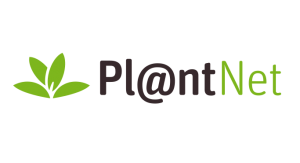Pl@ntNet is a participatory citizen science platform for collecting, sharing and reviewing plant observations based on automated identification. Its objective is to monitor plant biodiversity and facilitate access to plant knowledge by the general public.
The web and mobile frontends of the platform are used by a large community of several million users who produce hundreds of thousands of plant observations daily. This data stream is of high interest for many research domains, including ecology, agronomy and energy.
Among other features, this free app helps identify plant species from photographs using visual recognition software. This means that you can send a photo of any plant through their app and it will help you identify the species thanks to artificial intelligence. At the same time, the Pl@ntNet app improves its performance with each observation (new species, new training data, revised quality, etc.).
The validated ones are integrated into the world’s largest repository of biodiversity occurrences (GBIF). Pl@ntNet’s workflow and dataflow is of great interest to researchers and citizen science stakeholders in various domains (data sciences, ecology, biodiversity, phenology, plant health, agrifood, etc.).
In just few years, it has become a worldwide ecosystem with millions of end-users and tens of active partners all around the world (museums, national parks, gardens, herbaria, territorial authorities, schools, associations, etc.).
Language
The app is available in 23 languages.
Geographical coverage
Local, National, European, International.
Coordination and funding
Pl@ntNet is an open consortium currently including 4 French research organisms (CIRAD, INRAE, Inria, and IRD) and Agropolis foundation.
Related Events
- March 1, 2021


















